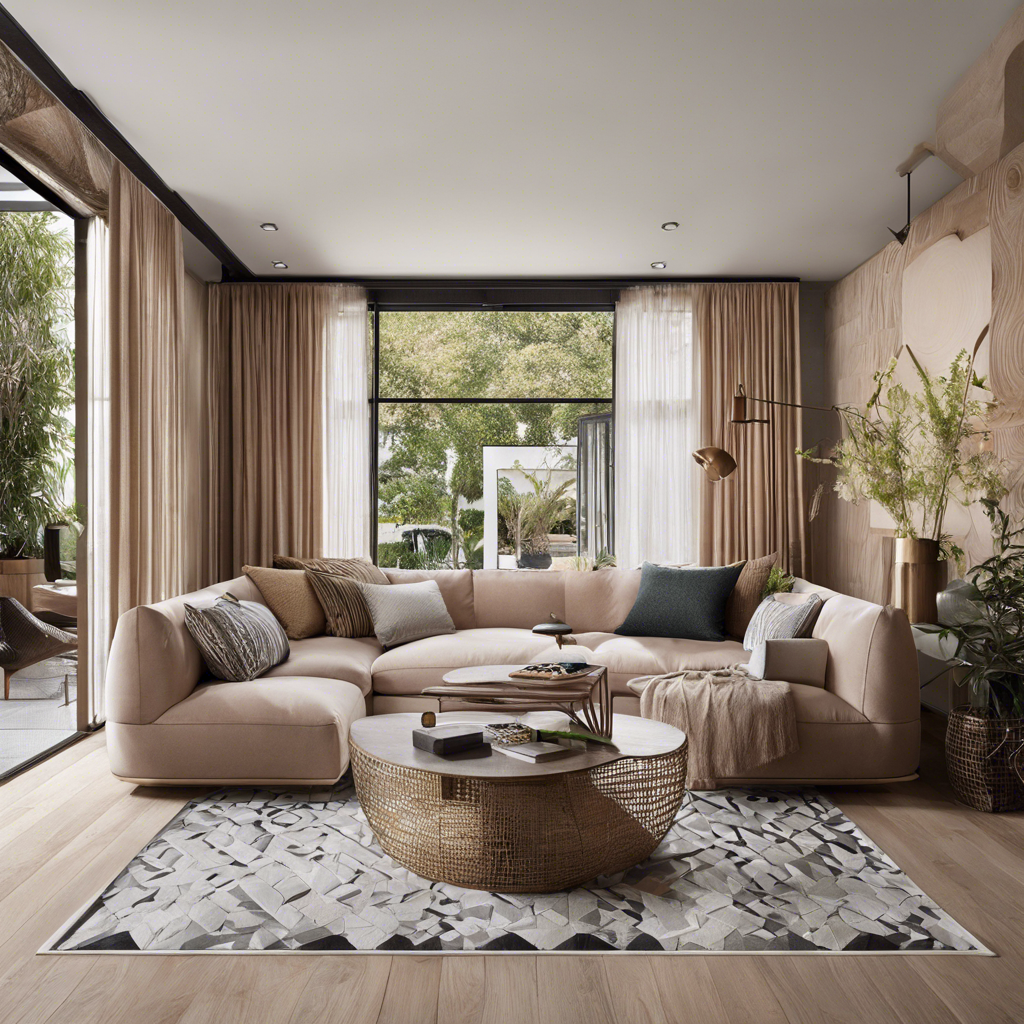The world of interior design is an ever-evolving canvas, where the interplay of color, pattern, and texture creates a symphony for the eyes. Among these elements, texture often takes center stage, adding depth, dimension, and a tactile appeal that engages both sight and touch. The power of texture lies in its ability to transform a space, making it inviting, interesting, and truly unique.
When designing a room, it’s important to go beyond the visual and engage all the senses. Texture plays a pivotal role in this sensory experience. It adds depth and contrast, creating a layered look that exudes warmth and sophistication. From soft fabrics to rough-hewn woods, sleek metals to time-worn antiques, the diverse tactile qualities of materials introduce a dynamic element to any interior.
One of the key advantages of incorporating texture into your design scheme is its ability to create visual interest. Layers of different textures prevent a space from appearing flat or monotonous. For instance, imagine a cozy living room with a soft, plush rug underfoot, velvet cushions inviting you to sink into an armchair, and a rough-textured stone fireplace providing a striking focal point. The interplay of these contrasting textures adds depth and a sense of luxury to the room.
Beyond the aesthetics, texture also has a profound impact on how we experience a space. It can evoke emotions and influence our mood. A room filled with soft, supple textures, such as velvet curtains and silk cushions, can create an atmosphere of opulence and romance. On the other hand, a room adorned with natural textures, such as rattan, jute, and wood, evokes a sense of calm and brings the outdoors in.
The beauty of texture is that it can be introduced in countless ways, from furniture and soft furnishings to walls and flooring. For those wanting to make a bold statement, textured wallpapers offer a myriad of options, from subtle weaves to dramatic embossed patterns. Painting techniques, such as sponging or faux finishes, can also add a textured look to walls without the bulk or expense of wallpaper.
Flooring is another important consideration when adding texture to a room. Natural materials such as wood, stone, and tile not only offer durability but also bring unique organic textures to a space. For a softer touch underfoot, rugs made from sisal, wool, or even faux fur can add both comfort and style to any room.
Then there’s the array of soft furnishings that offer endless opportunities to play with texture. Curtains, cushions, throws, and upholstery allow you to layer different fabrics, patterns, and weaves, creating a truly sensory experience. Experiment with contrasting textures, such as smooth silk against nubby linen or soft chenille paired with crisp cotton, to create a captivating and inviting space.
When curating a textural palette for your home, it’s important to find a balance between too little and too much. An all-white room, for example, can benefit from a mix of textures to add interest and prevent it from feeling stark or bland. Similarly, an overly cluttered or patterned space can be toned down with the addition of neutral, textured pieces that provide a calming, anchoring effect.
Incorporating texture is also a clever way to connect different rooms in your home. Repeating a particular texture or material throughout your space, whether it’s a specific wood grain, metal accent, or fabric pattern, creates a sense of cohesion and flow. This subtle continuity helps to establish a harmonious relationship between diverse areas, resulting in a seamless and well-curated interior.
Lastly, don’t underestimate the power of lighting when it comes to showcasing texture. The way light plays on different surfaces can either enhance or diminish their impact. Soft, natural light can bring out the subtle beauty of a textured wall, while a well-placed spotlight can highlight the intriguing weave of a basket or the glossy finish of a ceramic vase.
In conclusion, texture is a fundamental element in the world of interior design, offering an opportunity to create captivating and memorable spaces. By embracing a variety of textures and materials, you add depth, interest, and a unique sensory experience to your home. So, step beyond the visual and embrace the tactile, letting texture take your interior design to the next level.
(This article can be accompanied by relevant high-resolution images of interior design showcasing the power of texture for a visually appealing WordPress post.)
